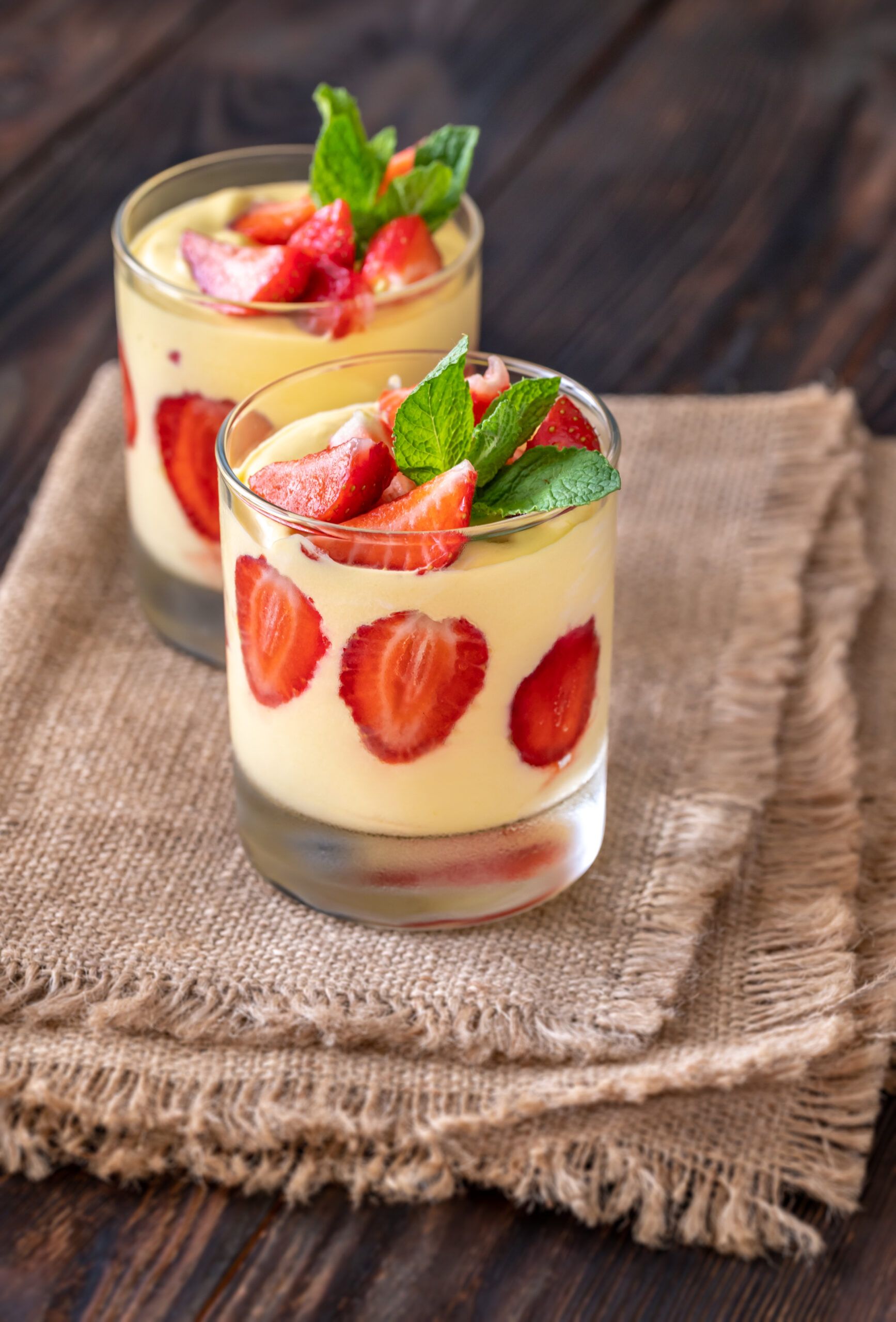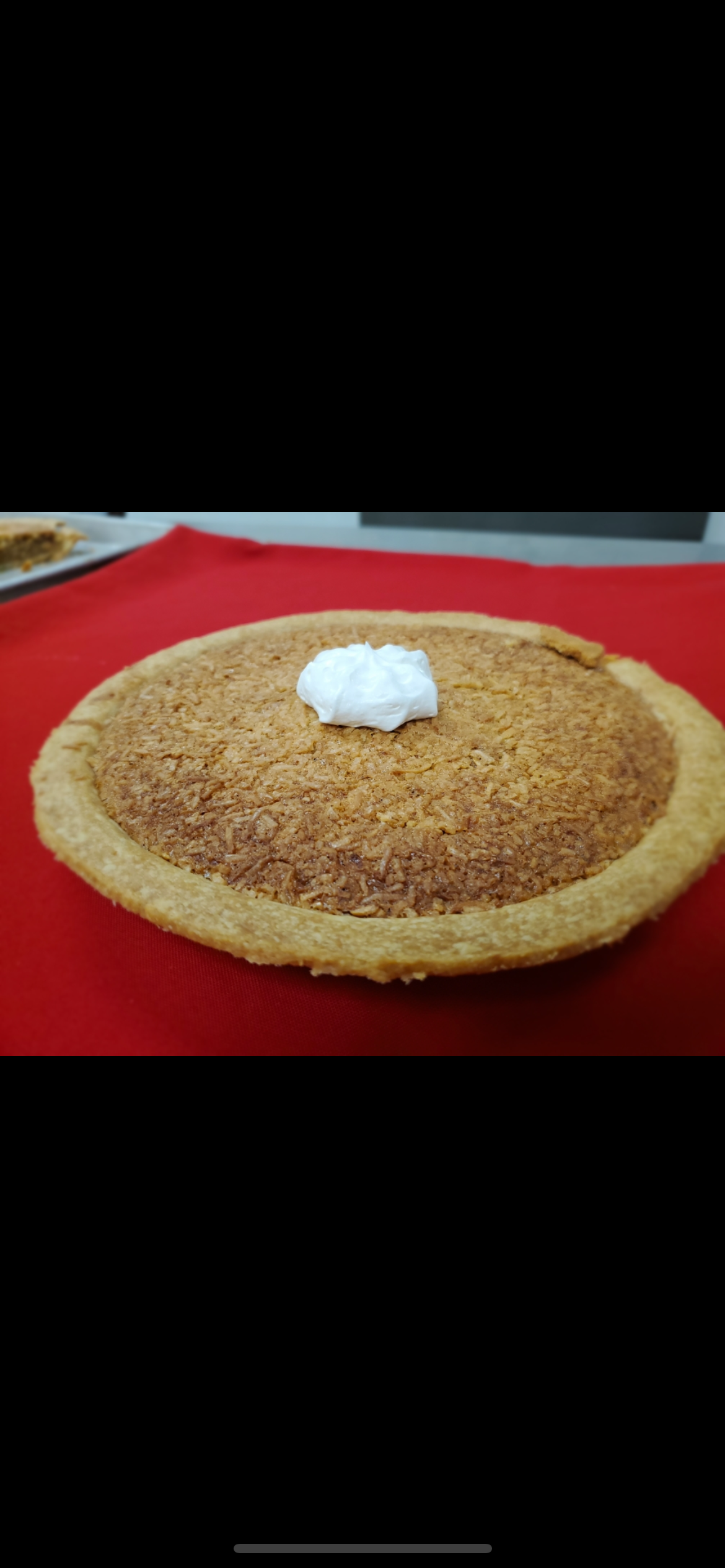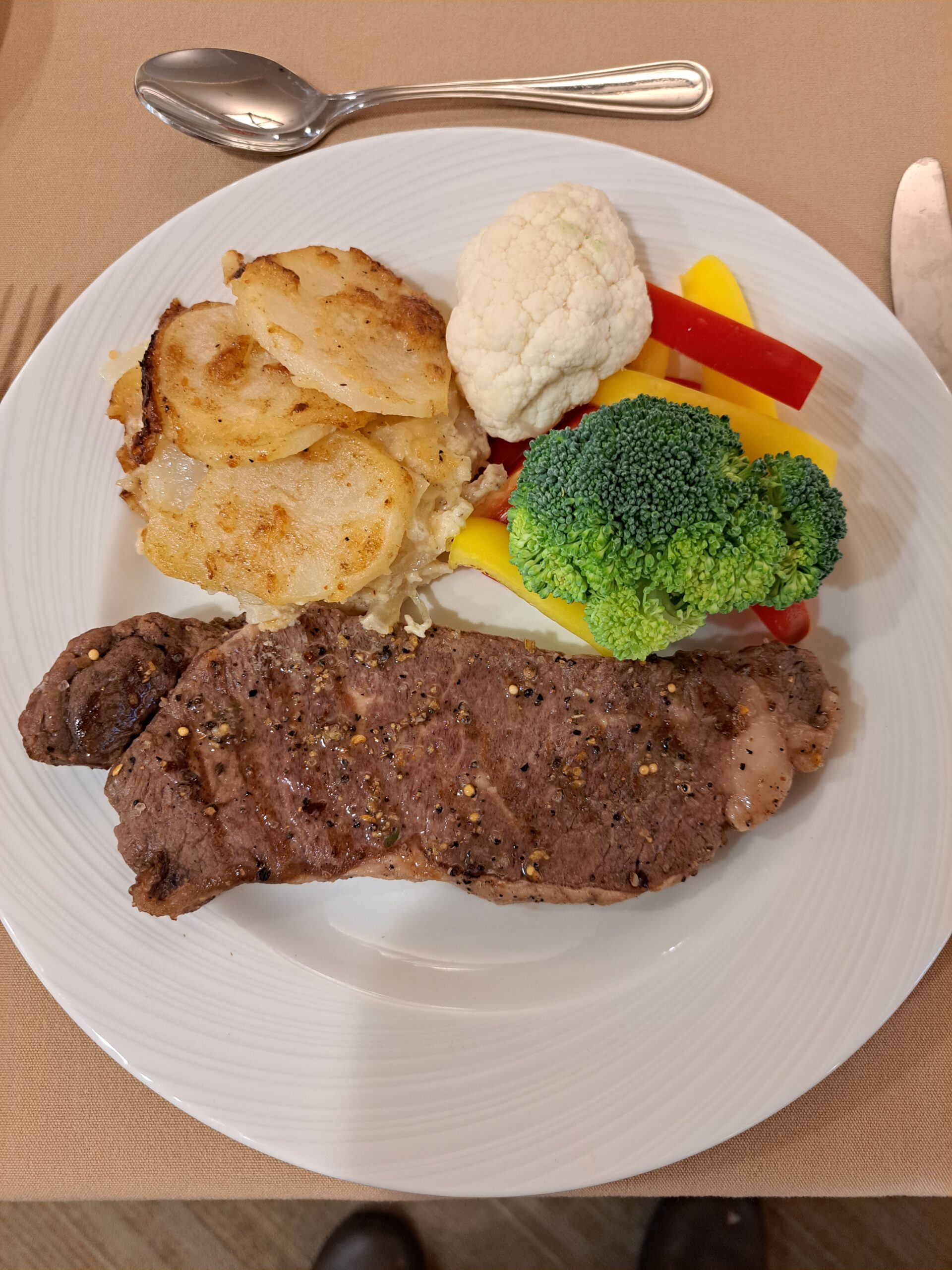Winter squash, which includes squash, pumpkin and gourds are all part of the cucurbits family and are likely native of the Americas. Typically, a pumpkin is carved, a squash is cooked, and a gourd is to look at.
Pumpkin and squash are important sources of income for many growers in Canada, mostly due to their decorative value since Halloween is second only to Christmas in decorative spending.
Squash is an essential part of our fall and winter feasts and suited to both sweet and savoury recipes. From pie to soup, mash to bake, there are as many uses for winter squash as there are varieties.
History:
Being a plant native to the Americas, early European explorers easily confused squash with melons and gourds which they were familiar with back home. All three are similar in appearance and usage.
Even today squash is primarily a New World vegetable, eaten here in sweet and savoury dishes but virtually unheard of in European cuisine.
Health Benefits:
Squash is an excellent source of beta carotene and potassium, and a source of Vitamin C and folacin.
Harvesting:
Pumpkins and winter squash are not harvested until they are fully ripe, and the skins are hard. They are either pulled or cut from the vine with a portion of the stem attached to the fruit; removal of the stem leaves a wound through which decay organisms may enter. When gathering squash or pumpkins for storage, they must be handled carefully to avoid bruising, as damaged fruit soon rots.
After harvesting, curing is required so they will keep longer and in better condition in storage. Curing hardens the shell, heals superficial wounds, reduces the high water-content of the squash, and improves the eating quality. They can be cured either by leaving in small piles in the field for 10 to 14 days when the weather is warm and dry, or by keeping them inside at room temperature for a month. A more reliable method is to use artificial heat at a temperature of 26°C-29°C. (80°-85°F) with a relative humidity of about 80%.
Fun Facts:
- The stem or handle of the pumpkin is called the “Peduncle“
- All pumpkins and squash produce both male and female flowers separately on the same plant (monoecious sex expression). First, the male flowers form (about 10 for every female flower) and bloom, allowing pollen to be available as soon as the first female blossom appears.
- Female blossoms are short-lived and open first thing in the morning and close a few hours later never to re-open again. If these blossoms are not pollinated, they abort and fall off the plant. Generally, the female blossom is open from about 10:00 a.m. to about 3:00 p.m.
- The likelihood of a flower being pollinated depends upon the number of bees present and the number of visits to that flower. If the weather is poor (cold or wet) then there is almost no chance that flowers will be satisfactorily pollinated.
Recipes:
This month our Verve properties throughout Canada will feature the following squash recipes:




